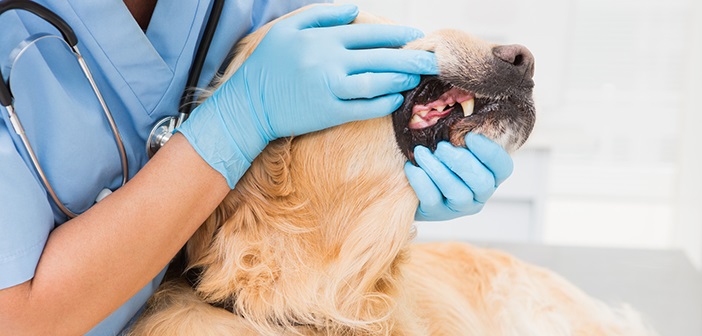Animal bites may not be a prime concern for others, but medically speaking, these bites present detrimental effects to human health. Stings and snake bites may introduce poison to the body while bites from dogs and cats can induce infectious illnesses, such as rabies. It is known that poison and rabies can causes adverse systemic effects and even death.
In line with animal bites, the following are some interventions a person can do to manage the event.
Bee and Wasp Stings
Bees or wasps inject poison through their stinger into their victim’s skin. In fact, hornets, wasps, and yellow jackets do not have barbs in the stingers, allowing them to sting several times, according to Medicine Net. Meanwhile, the honey bee has a barbed stinger that retains in the victim’s skin, along with its venom sack.
Next to the introduction of the venom to a person’s skin are local reactions, which include redness, pain, pruritus (or itching), and swelling. Another reaction to be concerned about is anaphylaxis, a life-threatening allergic reaction, which is evidenced by breathing and swallowing difficulties, cramps, abdominal pain, diarrhea, vomiting, angiodema, and hives.
In case a bee, wasp, or their relative stings a person, the emergency medical services should be contacted, especially if the person has a history of severe reactions to insect stings, as per the publication. Then, the person also checks if the stinger is present by looking for a small black dot at the sting site. If visible, the stinger is swiped and removed with a hard object, such as a blunt knife or a credit card. Immediate removal of the stinger can help save a person from reactions, since some venom sacks, such as the honey bee’s, take two to three minutes to release its venom. The area is also cleaned with soap and water and agents like ice and cold packs, hydrocortisone, and meat tenderizer in order to manage inflammation. Also, antihistamines like diphenhydramine (Benadryl) and pain relievers like acetaminophen and ibuprofen can also be taken for symptom relief.
Snake Bites
A bite from a venomous snake is considered as a medical emergency, according to Medline Plus. As per the publication, snake bites account for 2.5 million cases every year and leads to about 125,000 deaths. It is noted that the areas with the most number of death secondary to snakebite include Africa, Brazil, India, and Southeast Asia.
When it comes to species, it is known that the bites of cobra, copperhead, coral snake, cottonmouth, rattlesnake, and snakes in zoos are venomous and should be promptly managed. Snakebite symptoms often include bleeding from wound, blurred vision, burning sensation on the skin, diarrhea, convulsions, fever, dizziness, excessive sweating, and increased thirst, among others.
If a person is bitten by a snake, it is important to ask the person about the snake’s characteristics and the bite’s appearance, to check if the bite is from a venomous snake. It is also necessary to keep calm and reassure them that the bit can be treated in the emergency room. It is important to limit movement and maintain the affected area below heart level in order to slow down the flow of venom. A pump suction device can be used by just following the manufacturer’s instructions, but rings and constricting items should be removed, as the affected area may swell. A loose splint can be used to limit motion in the area. The person’s vital signs are also assessed – temperature, pulse, respiratory rate, and blood pressure – if there is access to sphygmomanometer. For signs of shock, such as paleness, dizziness, the person is laid flat and covered with a blanket while the feet are raised about a foot.
Dog, Cat, Rat, and Bat Bites
While animals like dogs and cats are domesticated, their bites are still threatening to human health. According to Center of Disease Control and Prevention, the dog or cat can be confined by the owner for ten days for observation. As per the publication, no person from the United States has ever acquired rabies from a dog ferret, cat, or dog quarantined by its owner for ten days. The key point is that when the dog or cat appeared ill at the time it bit a person or becomes sick within the ten-day quarantine, the animal should be brought to the veterinarian for further evaluation and the person should seek medical advice on the necessity for an anti-rabies prophylaxis.
Overall, animal bites are life-threatening and may end one’s life if they are not managed immediately. Thus, interventions should be done to eradicate the threat they carry.












